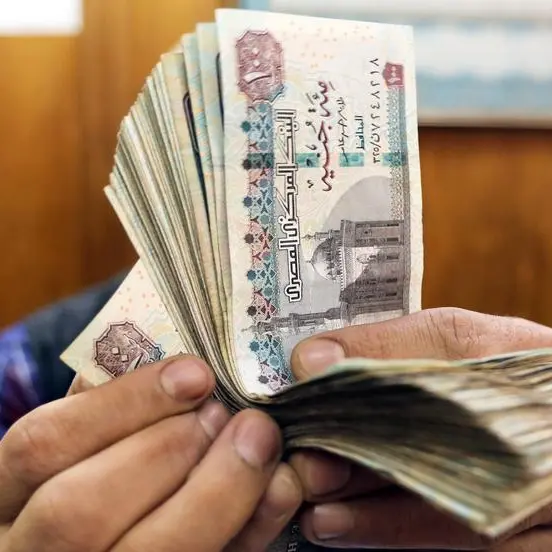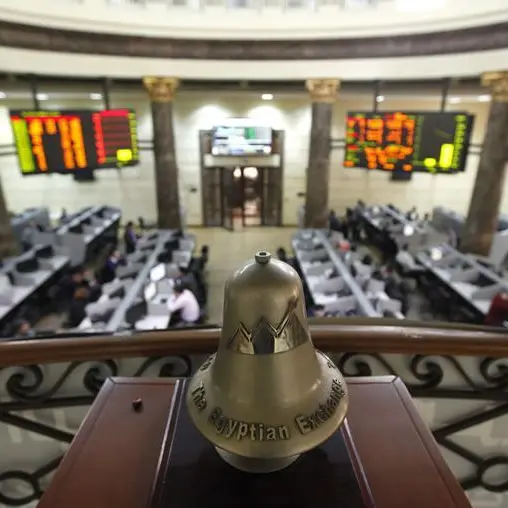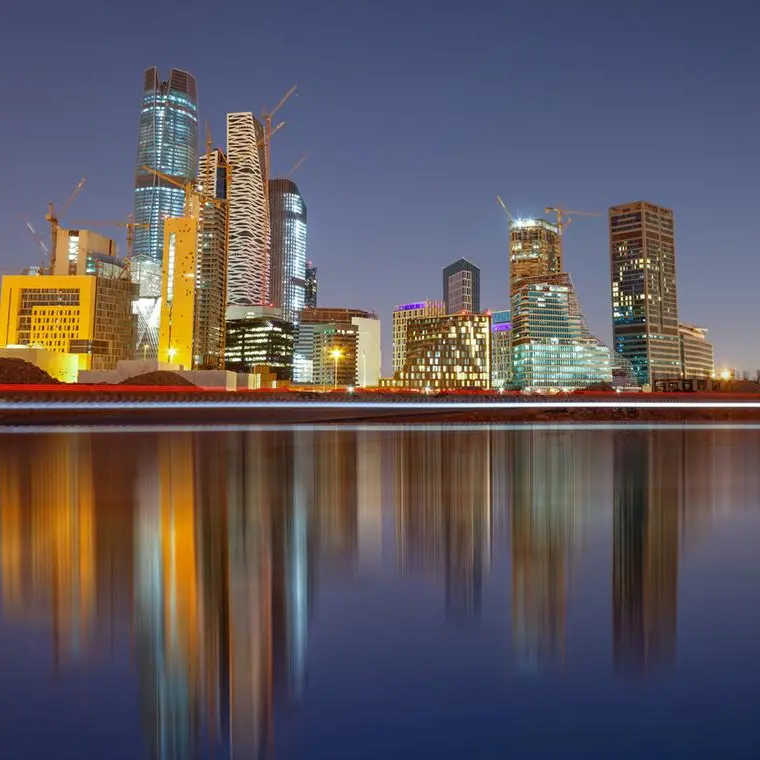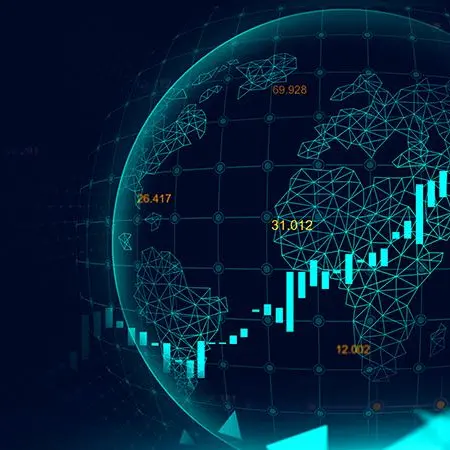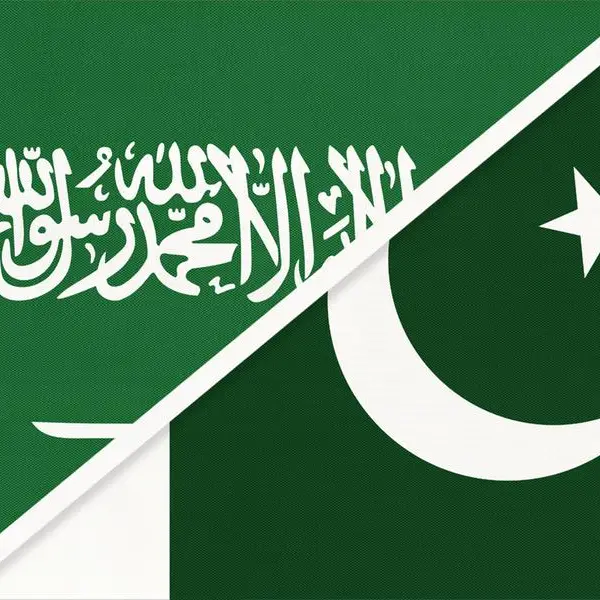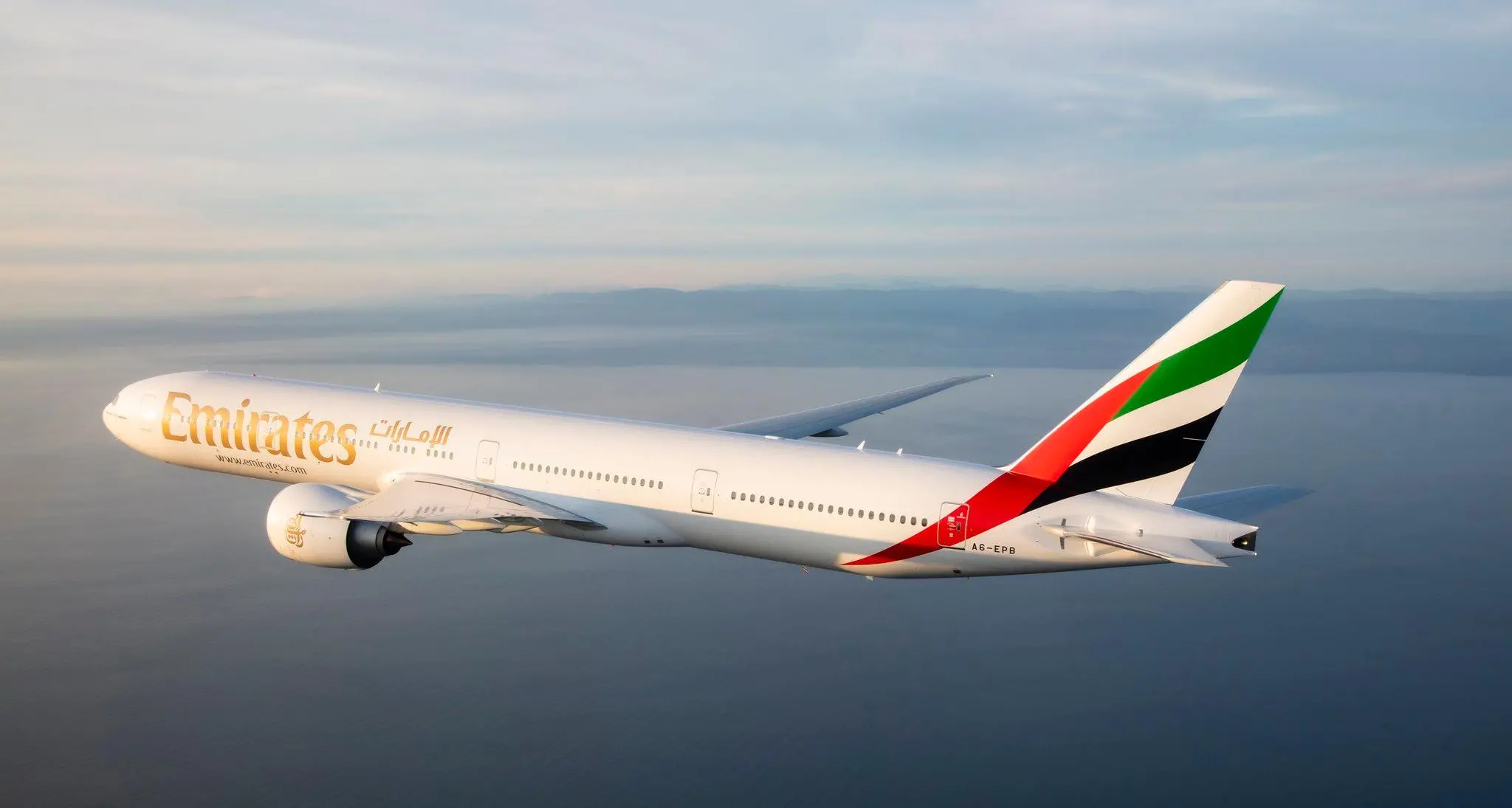10 December 2016
Qatar, which is set to witness a sustained economic acceleration during 2016-18 amid lower oil prices, will see its economic diversification gain further traction on government-led investments in the run-up to the 2022 FIFA World Cup, according to BMI Research.
Qatar, which is set to witness a sustained economic acceleration during 2016-18 amid lower oil prices, will see its economic diversification gain further traction on government-led investments in the run-up to the 2022 FIFA World Cup, according to BMI Research.
Forecasting Qatar’s real (inflation-adjusted) gross domestic product (GDP) to grow from 2.7% in 2016 to 3.3% in 2017 and to 3.7% in 2018, BMI said “the preparation for the 2022 FIFA World Cup will continue to support the Qatari economy through to 2022 and act as a catalyst for the government’s ambitious economic diversification objectives.”
Terming sovereign-led investments as a “bright spot” in the economy, the Fitch group company said in a report that fixed capital formation, which averaged 30.2% of GDP over 2010-14, would drive growth, adding on average 3.1 basis points to real GDP growth over 2017-22.
Although hydrocarbons may see only marginal growth over the next two years and slowly decline afterwards, the report said the infrastructure development would largely bulwark the economy through the expansion of non-hydrocarbons segment.
BMI’s views follows the announcement by HE the Finance Minister Ali Sherif al-Emadi at the recently concluded Euromoney conference where he disclosed that Qatar planned investments of up to QR46bn in major infrastructure projects next year, as part of its strategy to achieve sustainable development and economic diversification.
“The total budget committed for the development of key strategic mega projects stands at QR374bn, with a further QR46bn set to be invested in 2017,” HE the Finance Minister had said.
The government-led infrastructure projects spur growth in the construction sector, with BMI’s infrastructure team forecasting non-residential construction growth to average 16.6% (in real terms) over 2017-22.
“It will also boost the country’s attractiveness as a regional hub for tourism, culture and education,” BMI said, finding that alongside the construction of stadiums and transport infrastructure in preparation for the event, it is also driving the construction of large-scale shopping centres, such as the Doha Festival City project expected to open in 2017, and of other culture and recreation facilities.
Major construction/rail infrastructure projects include Doha Metro’s Gold Line, estimated to cost $4.4bn and completed by 2019, Green Line, estimated to cost $2.3bn and completed by 2018 and Red Line North, estimated to cost $2bn and completed by 2017.
BMI also highlighted that the expansion of Hamad International Airport project, with an estimated cost of $16bn, is at planning stage.
The other under construction projects include the $5.5bn Msheireb Downtown, $1.7bn Doha Festival City, $1.5bn Mall of Qatar and $0.8bn Al Bayt Stadium in Al Khor. Moreover, there are other projects such as expansion of the Al Rayyan stadium and renovation of Khalifa Olympic stadium and construction of Al Wakrah stadium.
In May this year, a Ministry of Economy and Commerce report suggested that Qatar’s sports sector would require investments to the tune of QR72bn in the next seven years. The ministry had identified 83 commercial, investment opportunities directly from the government sector to the private sector.
© Gulf Times 2016
